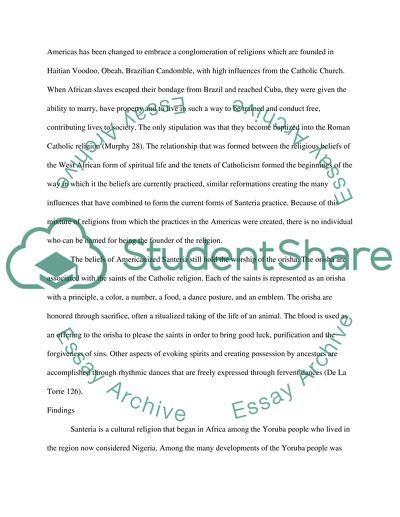Cite this document
(“Santeria: African Spirits in America Research Paper”, n.d.)
Retrieved from https://studentshare.org/family-consumer-science/1417025-santeria-african-spirits-in-america
Retrieved from https://studentshare.org/family-consumer-science/1417025-santeria-african-spirits-in-america
(Santeria: African Spirits in America Research Paper)
https://studentshare.org/family-consumer-science/1417025-santeria-african-spirits-in-america.
https://studentshare.org/family-consumer-science/1417025-santeria-african-spirits-in-america.
“Santeria: African Spirits in America Research Paper”, n.d. https://studentshare.org/family-consumer-science/1417025-santeria-african-spirits-in-america.


